
Gloria Stella took her small budget Indie, Tulsa, into hundreds of Regal theaters and hundreds more independently owned theaters all across the country. She did it with no real funding and no experience. Armed with the internet, email, the phone and the personal networks of everyone that worked on the film, she secured a US Box Office total for her film of over $400,000 – and that was during Covid. Undoubtedly, she could have done far better with luckier circumstances. Bunker 15 Films sits down with Gloria to talk about how she did it, the lessons she learned and how others could do it too.
Stella is an award-winning producer and director. She co-directs Tulsa which tells the story of a desperate Marine biker’s life who’s turned upside-down when he’s reunited with the sassy 9-year-old daughter he never knew existed.
The production was a story unto itself but the boot-strapped theatrical distribution of Tulsa tells an even more extraordinary story.
Stella and her team completely DIY’ed their theatrical release. They eschewed involving distributors or sales agents because they sensed they could do it better and more profitably than anyone else. It started with a carve-out on the rights from their, primarily, streaming distributor. This meant they owned and controlled all theatrical rights themselves while their distributed focused completely on the streaming release.
Initially, distribution companies wanted theatrical rights along with all other rights. But this would have resulted in Stella paying tens of thousands to submit the film for a 10-20 city run, probably just a week or two. The distributor also told Stella and her team they probably wouldn’t see a penny back from the theatrical. It would be all money out and no money back in.
The payoff, the distributor argued, was that a theatrical release usually raises the film’s profile, and, almost certainly, helps VOD placement. But financial returns are suspect at best. Paying such high fees didn’t interest Stella. And, given that the distributors were telling her that the theatrical rights were not a financial windfall, she thought that carving out the rights wouldn’t be that hard. Distribution giants like Gravitas Ventures wanted Tulsa, but no one was willing to offer a theatrical release unless paid upfront.
For Stella, a theatrical release was vital for credibility, so she decided to make the effort. She was going to DIY the theatrical release.
Sending your film to theaters
The first thing she learned was that she needed to learn the lingo. If you want to succeed, you need to learn what a VPF (Virtual Print Fee) is; and about printing posters; DCP’s and much more. You should understand the terminology because this is how theater owners talk.
The logistics of reaching out to theater owners was not as hard as she originally thought. You can search for theaters online as there are databases out there for free. You can pitch AMCi (AMC Independent) … and reach out individually to theater owners.
Stella’s first big, big win was Regal. And that set her up for downstream success. Stella’s first contact with Regal was July 1st, and by August 21st, the film was running in over 100 theaters. She continually pointed to the fact that almost all theater owners are not thinking too far ahead and Regal wasn’t much of an exception. This is good news if you haven’t started yet. The lead time theater owners need is usually just a few weeks. They are planning their films week by week these days. Regal agreed to show the film and they, at first, had an exclusive deal with the movie for many weeks. But after that, Stella was free to approach other theaters. Armed with a Regal deal in the bag, it was easier to approach smaller theater chains and individual theaters. Stella eventually brought out the film to over 300 theaters.
The run lasted over 16 weeks with a total box office of over $400,000!
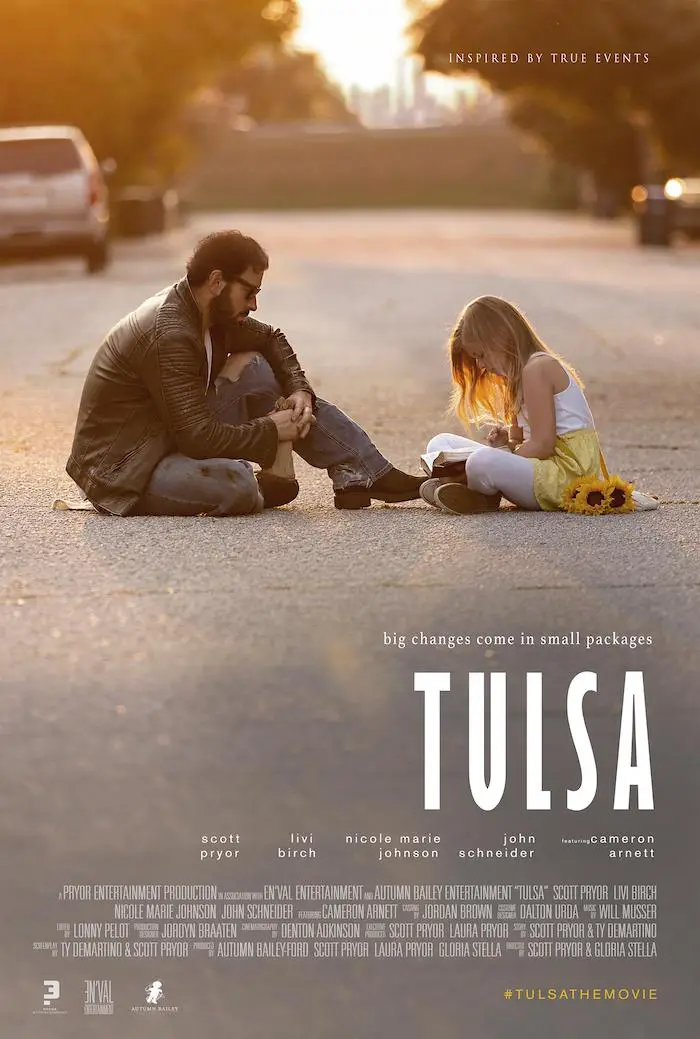
Artwork
One of Stella’s big “aha” moments was when she realized: Most theater owners don’t watch your movie! When she realized this, she started to really understand the importance of your poster, your artwork and your trailer.
They were using sites like IndeeTV which worked well because Stella often saw which theater owners didn’t even watch a second of Tulsa. Some would watch a few minutes. Some would watch 15 minutes. Almost no one watched the whole movie. Instead, theater owners decided to watch your movie based on the same criteria as the average person. They’d watch the trailer, look at the poster, read the synopsis – and decide to buy the ticket based on that.
That’s it.
Thus, your art assets must be top quality. Don’t scrimp on a stellar trailer and poster, as that is likely all anyone will ever see.
Want to know what a good poster is? Stella says: Don’t reinvent the wheel. Copy what big studios do. Find big studio posters for similar movies and copy that style. It is certain they have invested a massive amount of time and money in coming up with a compelling poster style. If you like it, odds are others will too. Emulate that style for your poster.
That goes for the trailer too. Find big-budget trailers that you like and imitate that style and you will look like you’re a major studio film.
Social Media
Mostly theater owners will decide to run your film based on the poster, the trailer, and how’s it’s performed in the past. But it doesn’t hurt at all to include – as part of your pitch: How much marketing you’re going to do via social media, etc…
Tulsa’s team mainly used FaceBook ads and implemented them within a 10-15 mile radius of the targeted theaters. In addition, all ads were customized and set to target demographics such as female and faith-based communities. Customizing different ads for different demographics was extremely time-consuming, however, and Stella said it wasn’t really worth it. Towards the end of our conversation, she confessed this was the one thing she probably wouldn’t do again. She said that, if she had to do this again, she would settle on one trailer and one poster and use it for all demographics. Tulsa appealed to multiple demographics: Women, people with a military background and people with an interest in faith-based films. In hindsight, it was probably wasted effort to create 3 different trailers – one for each demographic. She would probably just have one, strong, trailer and use it for all her FB ads. Even if the ad was targeted to different demographics.
However, the A/B testing tools were worth it as they gave valuable insight into which artwork was most successful.
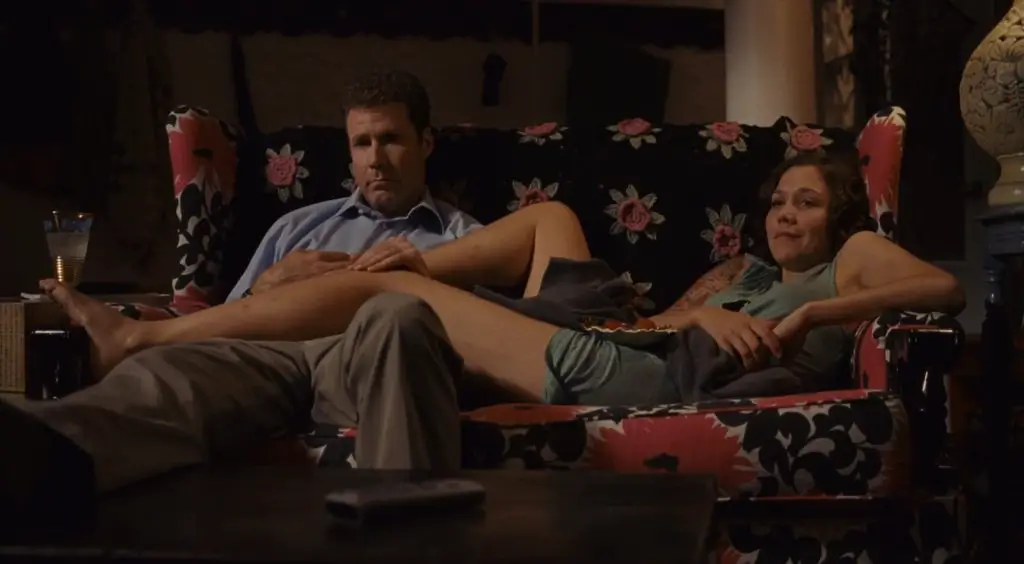
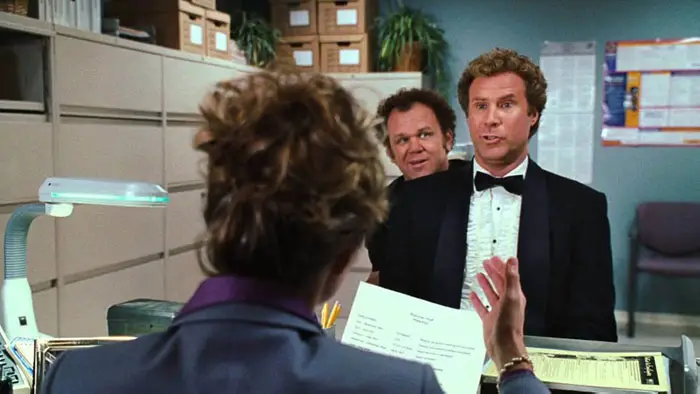
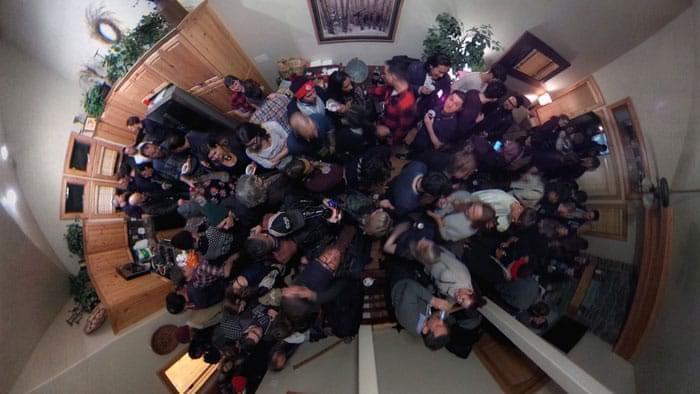


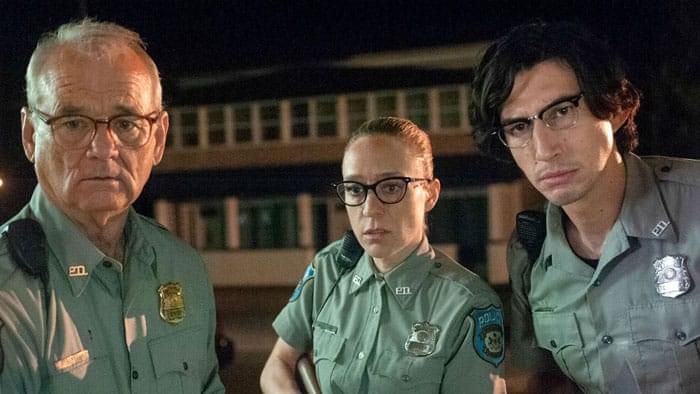
Thank you Stella! What a wonderful story, and congrats on your success- it is inspiring as I have completed a feature music doc, JazzTown and you have me thinking about how I could pull it off in the US while still living in Indonesia… all the best to you and Tulsa! (I lived there for a year in early 80s and was actually an extra in Coppola’s The Outsiders shot in Tulsa!)